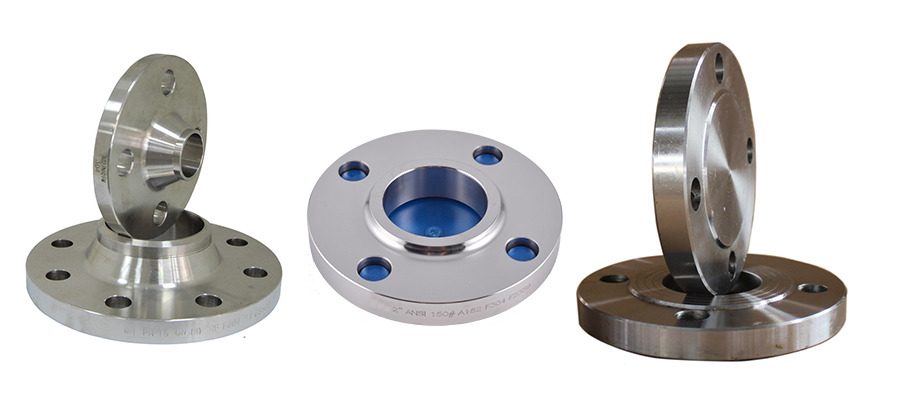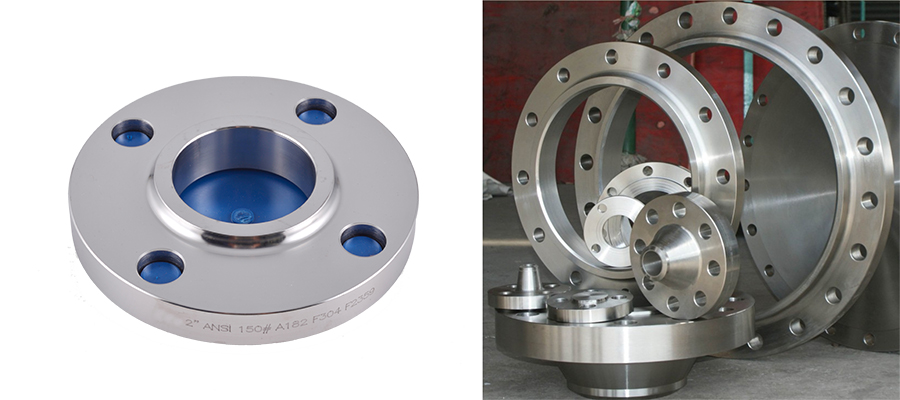Difference Between Slip On Flange and Weld Neck Flanges
A slip-on flange is a type of pipe flange that is slipped over the end of a pipe and welded in place.
A weld neck flange is a type of pipe flange that has a neck that is welded to the pipe.
Slip-on flanges are typically used for low-pressure applications, while weld neck flanges are used for high-pressure applications.
Slip-on flanges are easier to install than weld-neck flanges, but weld-neck flanges provide a stronger connection.
Weldneck Flanges are easier to align than Slip-on-flanges during the welding process because the centre of the bore of a Weldneck Flange is in alignment with the centerline of the connected pipe, while the bore of a Slip-on Flange is not in alignment with the centerline of the connected pipe.

Weld Neck Flange (WNF):
A weld neck flange is very similar in shape to a slip-on flange but has a much longer neck that extends outwards from the base of the fitting. The extended neck allows it to be securely welded onto the end of a pipe or tube, creating a stronger connection than with a SOF. This makes WNFs ideal for applications where extra strength is needed, such as those involving high pressure or vibration. Additionally, WNFs are usually more expensive than SOFs due to their increased complexity in manufacturing and installation.

Slip-On Flange (SOF):
A slip-on flange consists of a circular fitting that slips over the end of a pipe or tube. It is secured in place by welding the SOF to the outside of the pipe or tube. Slip-on flanges are easy to install and are cost-effective compared to other types of flanges. However, they are not as strong as weld neck flanges, making them less suitable for applications where high pressure or vibration could be an issue.





